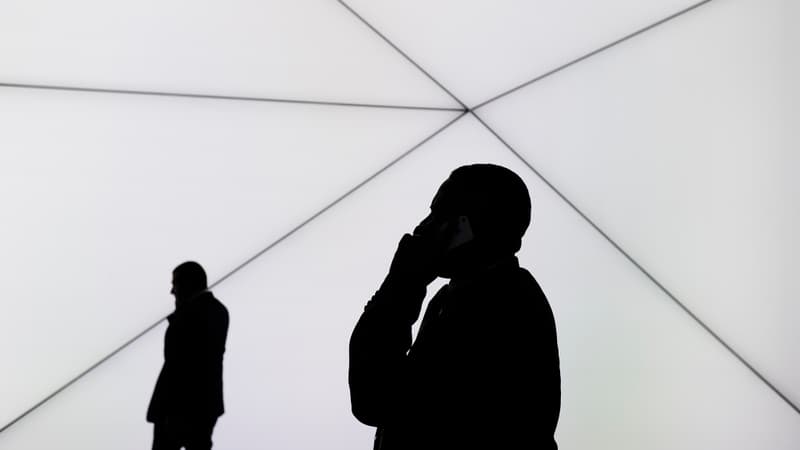More than thirty years after its creation, in the early 1990s, 2G is living its last months. This January 25, SFR (whose parent company Altice owns BFMTV) announces that this technology, also known as “GSM”, will be deactivated from its network in 2026. A few months earlier, Orange had made a similar announcement, in order to its 2G network by 2025. Bouygues Telecom and Free should make similar announcements soon.
Adopted in the early 1990s, 2G accompanied the first steps of mobile phones (replacing 1G, an incipient analogue technology little known to the general public), in particular for making voice calls and sending SMS. It was then supplemented by 3G in the 2000s, to be deactivated in 2028, on Orange as SFR.
Advantages and disadvantages
These announcements come as the vast majority of the French are now connected to 4G or 5G. Two generations of telecommunications networks that also allow calls to be made, but also photos and videos to be sent at much higher speeds. Unlike US carriers, some of which have disabled 2G for several years, French carriers have so far “stacked” these different technologies, which have co-existed over the years.
A cluster that becomes useless compared to 2G, with a tiny amount of communications that still go through this technology. For the general public, the end of “GSM” should only have a marginal impact. According to Arcep, 99% of the French are currently covered by 4G with the four operators. A figure that will continue to increase in the coming years, and that should be close to 5G when it comes to ending 3G.
However, it is necessary to differentiate the coverage of the population with that of the territory, which is somewhat less (currently around 95% in 4G), which may imply the existence of white areas, where the only means of communication (by phone call or SMS) ) is to use 2G. So many areas that could be totally inaccessible if not covered by 4G or 5G in the future.
The end of 2G and 3G could, on the other hand, benefit users thanks to the release of frequencies used by operators, which will be reallocated to 4G and 5G. This could allow part of the network to be cleared, but also offer better quality communications thanks to certain frequencies that ensure better penetration into buildings.
If mobile subscribers will be affected to a very limited extent, professionals may be forced to adapt. Some devices still communicate on 2G or 3G, like some elevators, alarms, even… Tesla cars.
Source: BFM TV


